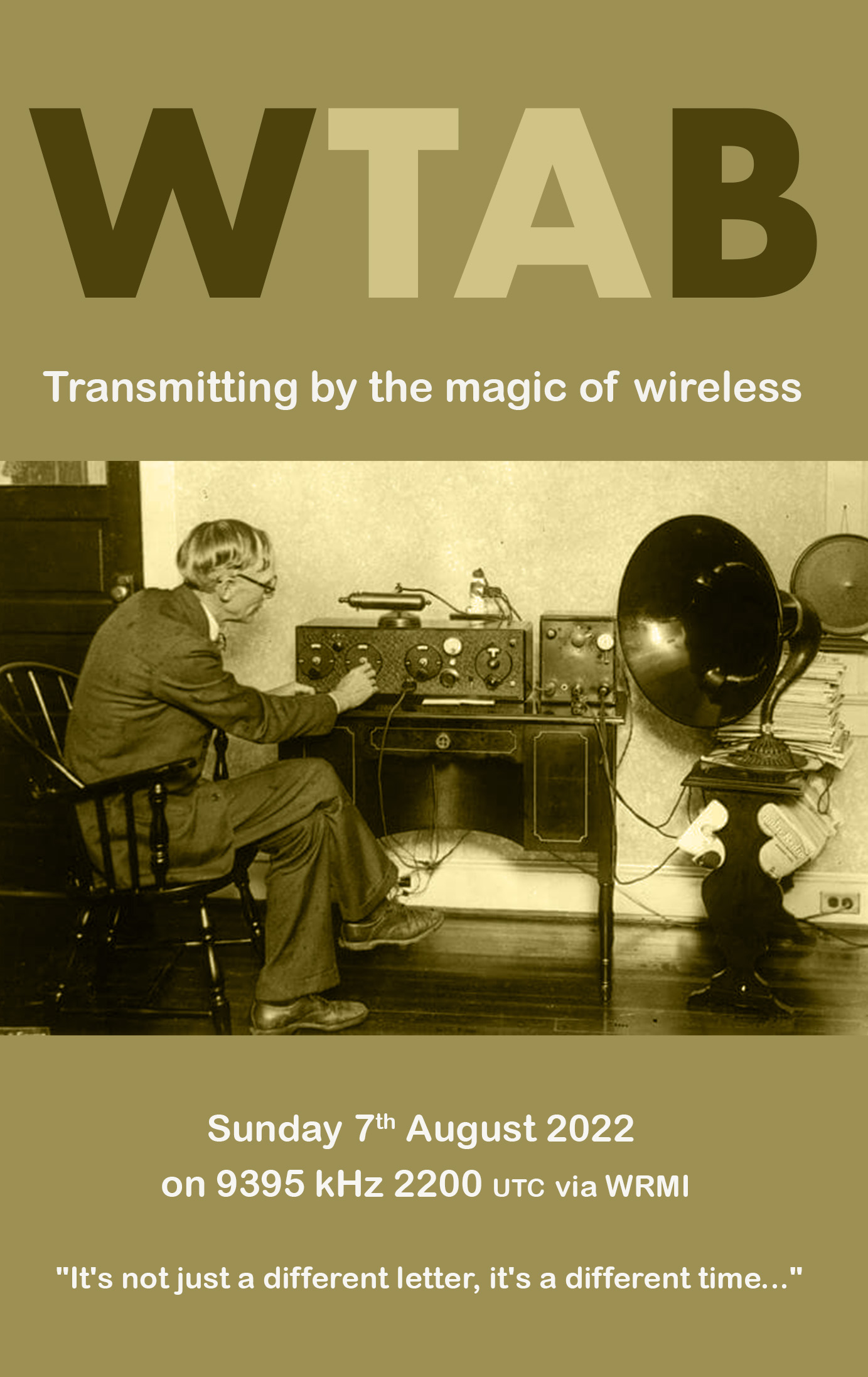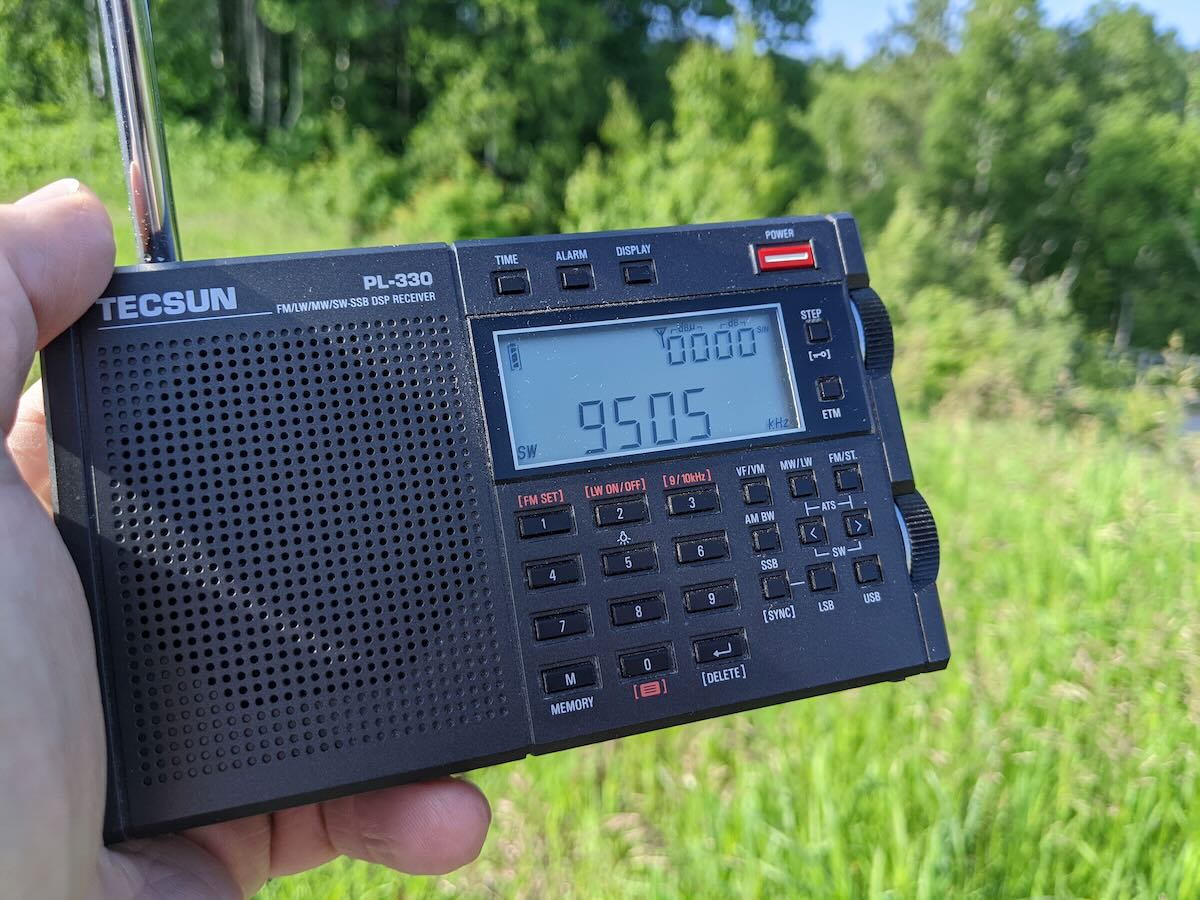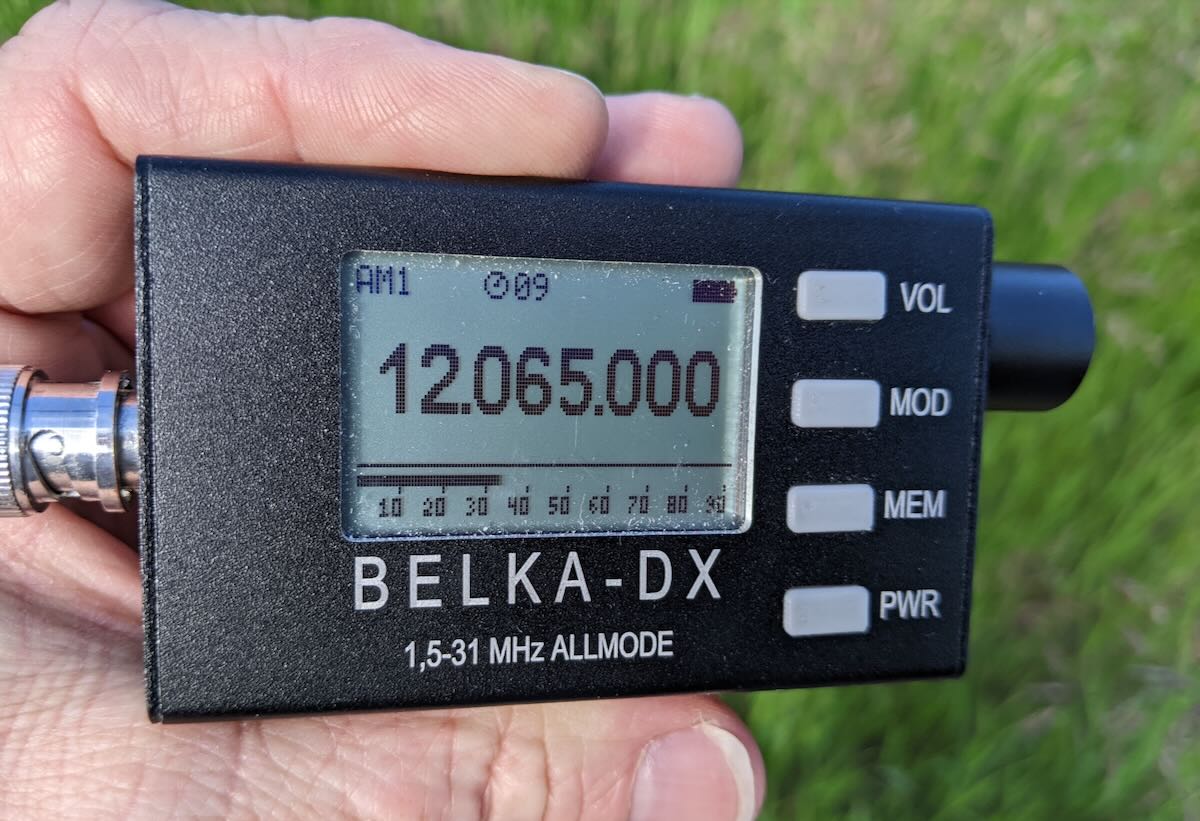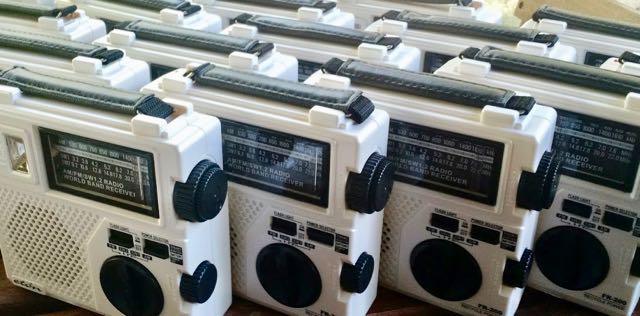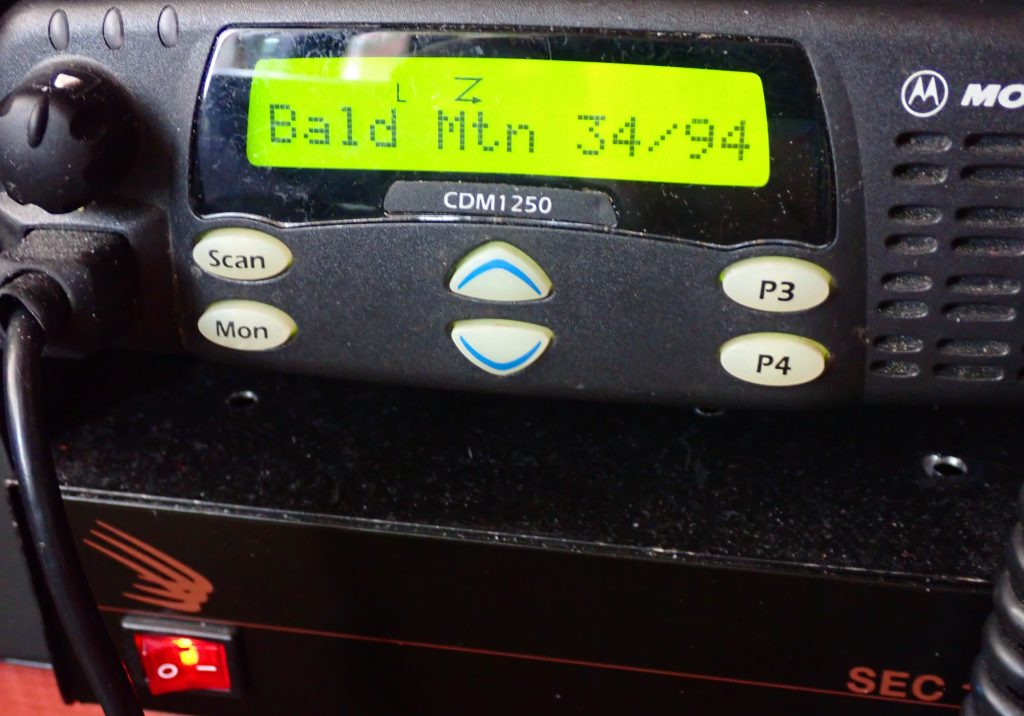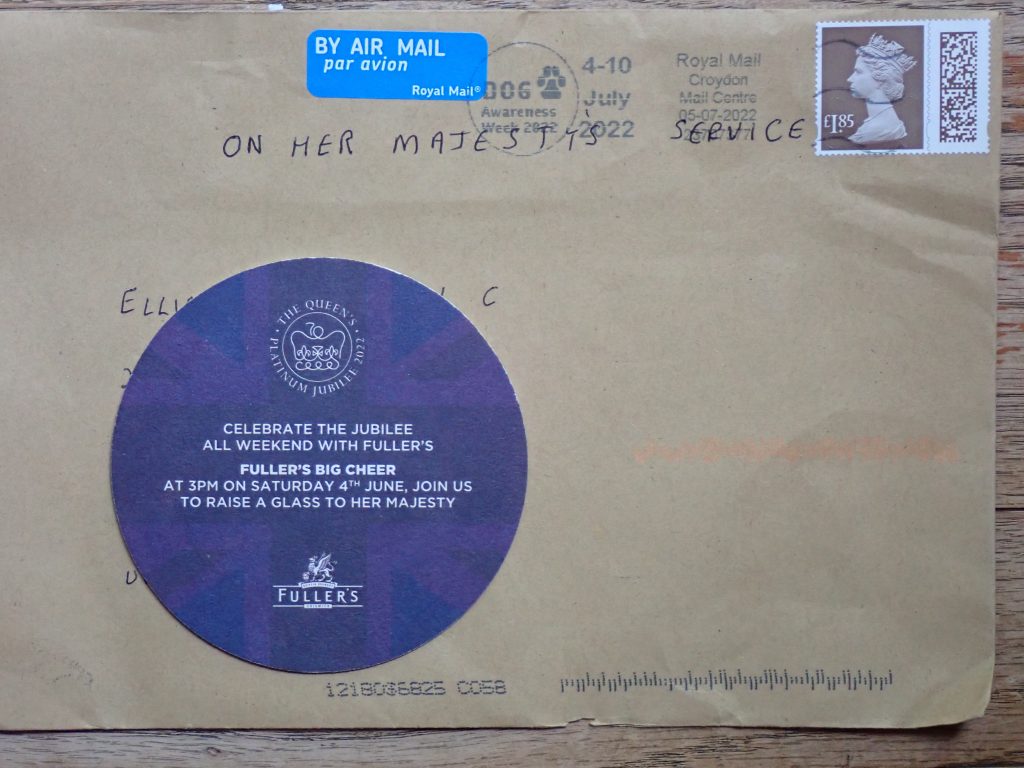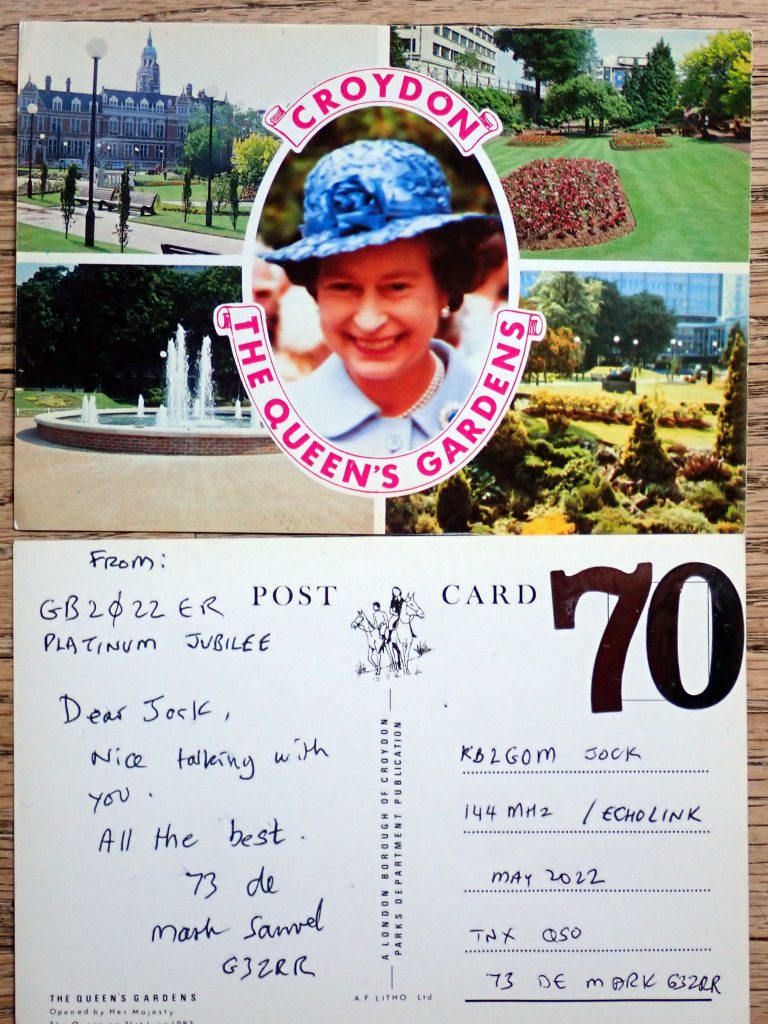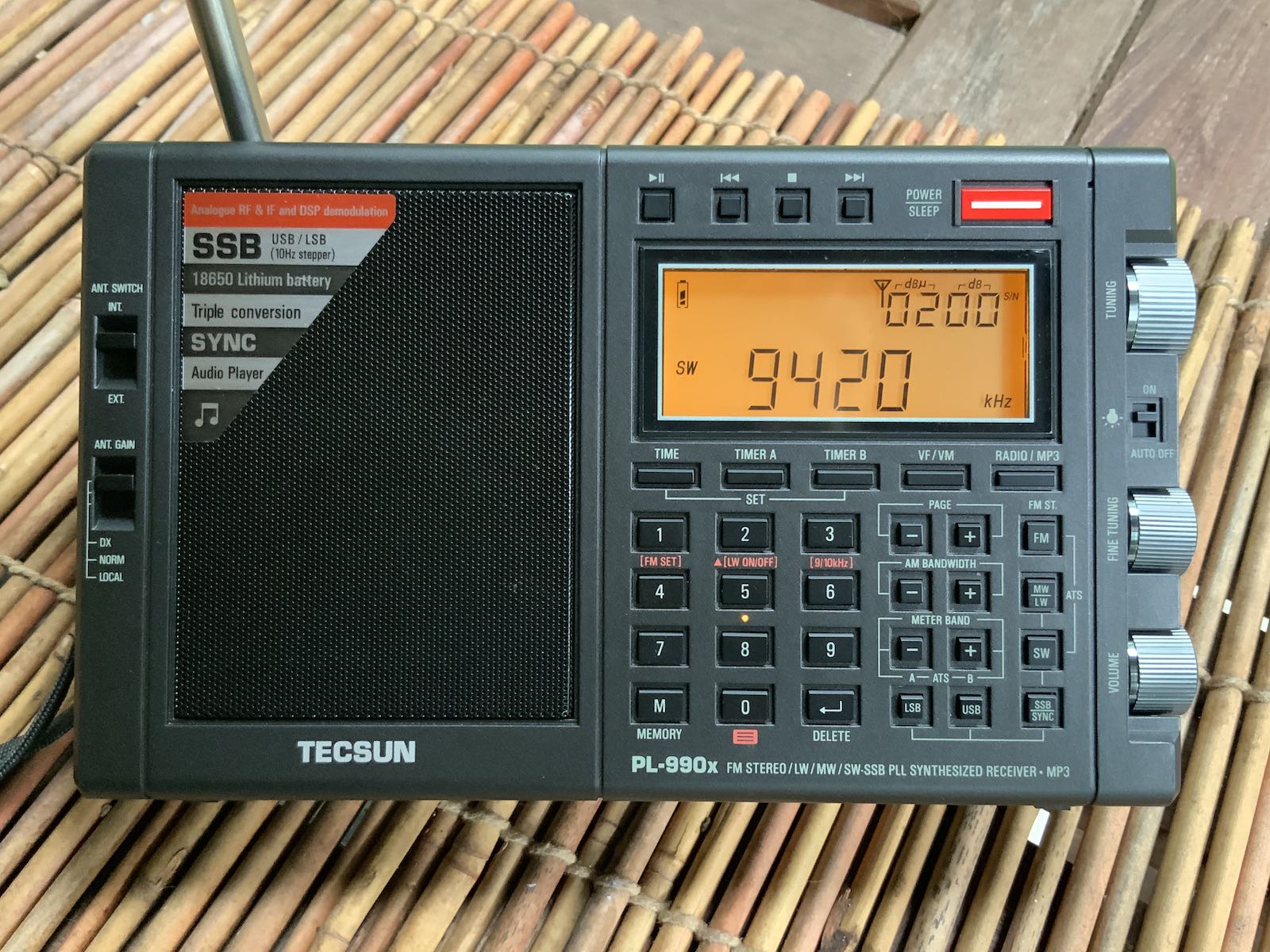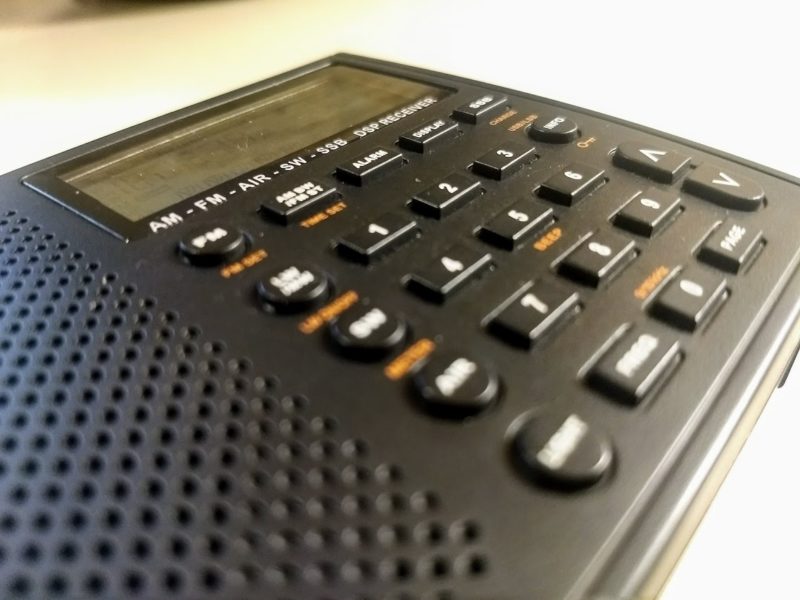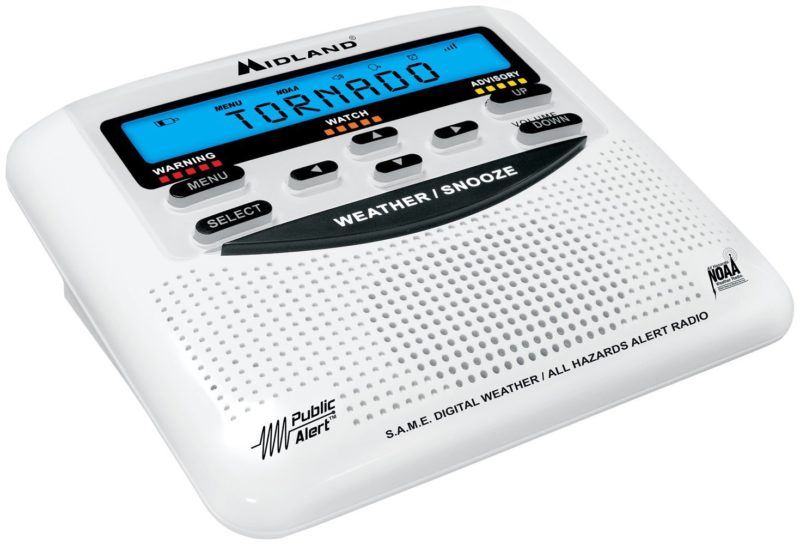
The Midland WR120 weather radio.
Many thanks to SWLing Post contributor, Dennis Dura, who shares the following article from Slate:
The Radio System That Keeps Us Safe From Extreme Weather Is Under Threat
NOAA Weather Radio needs some serious upgrades.
In March, a group of massive tornadoes struck communities around Des Moines, Iowa. Seven people were killed, including two children under 5. The crisis received attention not only due to its human cost, but also because of delays in emergency wireless communications: Thanks to a broken fiber optic cable at the Dallas-Fort Worth National Weather Service offices, wireless emergency transmissions were switched to an auxiliary satellite system, which all NWS offices use. Overloaded with extreme weather messages from elsewhere in the Midwest, the satellite messaging system found itself backed up just as the Iowa tornadoes reached their peak. This caused anywhere from a two- to nine-minute delay in tornado warning messages—and may have significantly reduced warning time at a moment when seconds count. The issue lasted for several hours as the deadly tornadoes ripped through the state.
NOAA Weather Radio, on the other hand, continued broadcasting effectively during the crisis. According to Bruce Jones, a weather radio expert and meteorologist with Midland Radio Corporation, “because the NWR broadcast comes direct from the National Weather Service local forecast office, those NOAA Weather Radio alerts and warnings were unimpeded and reached folks immediately.”
Often referred to as the “voice” of the National Weather Service, NOAA Weather Radio is a 24/7 public service that broadcasts weather information from more than 1,000 stations across the United States and many of its territories. And while Des Moines was a great success story for NOAA Weather Radio, the service faces mounting issues with aging technology and infrastructure, raising concerns over whether it will be able to continue protecting communities facing extreme weather.
[…]While NOAA Weather Radio has historically been an important, consistent, and life-saving means of emergency communication, it may not be for long. Outdated technology and failed attempts at modernization are threatening the NOAA Weather Radio system and resulting in extended outages for locations at risk. And as the climate crisis intensifies, this important technology is often vulnerable to the weather about which it’s meant to inform.
Interviews with NWS employees about outages reveal many local technical problems that take out communications, sometimes for weeks or months.
[…]Recent congressional action, however, has given new life to the possibility of systemic weather radio modernization. Rep. Stephanie Bice, a Republican from Oklahoma, has proposed the NOAA Weather Radio Modernization Act of 2021, which passed in the House of Representatives in May but has yet to pass in the Senate. From Oklahoma, Bice was well aware of the need for consistent weather communications during natural disasters like tornadoes, which affect her constituents.
The bill would authorize $20 million to expand coverage to the remaining 5 percent of the country without access to NOAA Weather Radio communications, as well as $40 million to modernize its hardware and software, including upgrading communication from copper wires to Internet services. According to Wesley Harkins, a representative from Bice’s office, “this paves the way for future development and provides failsafe options, so NWR is never down for an extended period of time.”
[…]The NWS itself acknowledges the benefits of this legislation. Maureen O’Leary, deputy director of public affairs at the NOAA, told me via email that improvements would include “expanding NWR coverage to rural and underserved communities, national parks, and recreation areas.”[…]
Click here to read the full article at Slate.com.
Click here to read articles relating to weather radio in the SWLing Post archives.

